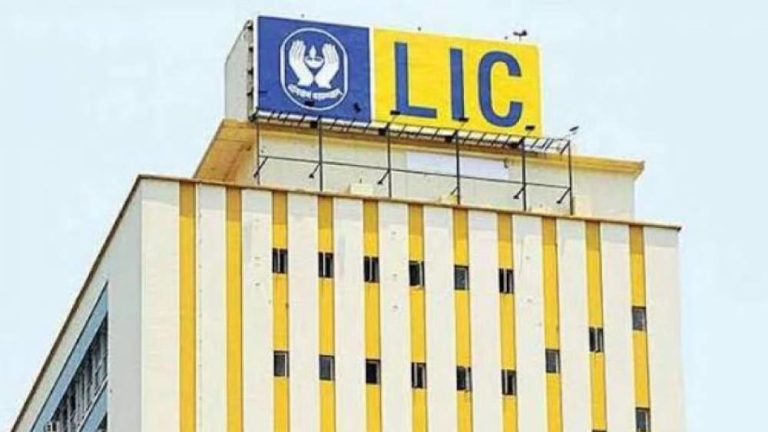The government’s sale of five per cent stake in Life Insurance Corporation which was originally planned to be launched this month is derailed due to the Russia-Ukraine crisis. Although the market volatility has reduced the government is likely to wait for the market to stabilise further so that retail investors get confidence to invest in the stock.
On February 13 the government had filed the draft red herring prospectus (DRHP) for the IPO and the Securities and Exchange Board of India has approved on March 8 wherein the government will sell more than 31 crore equity shares of LIC. Government has time till May 12 to float LIC issue without fresh Sebi nod. If the government misses the May 12 window available with it, LIC would have to file fresh papers with Sebi giving the results of December quarter and also update the embedded value.
The government is looking to sell the stake through an offer for sale (OFS) and there is no fresh issue of shares by LIC. The government holds a 100 percent stake or over 632.49 crore shares in LIC. The face value of shares is Rs 10 apiece. The government was expecting to garner Rs 63,000 crore by selling a 5 percent stake to meet the disinvestment target of Rs 78,000 crore in the current fiscal.
A portion of the IPO would be reserved for anchor investors. Also, up to 10 percent of the LIC IPO issue size would be reserved for policyholders. LIC has reserved up to 35 per cent of its total IPO size for retail investors. The government, however, did not disclose in the DRHP the discount which will be given to policyholders or LIC employees in the public offering.
At five per cent stake dilution, the LIC IPO would be biggest ever in the history of Indian stock market and once listed LIC’s market valuation would be comparable to top companies like RIL and TCS.
















